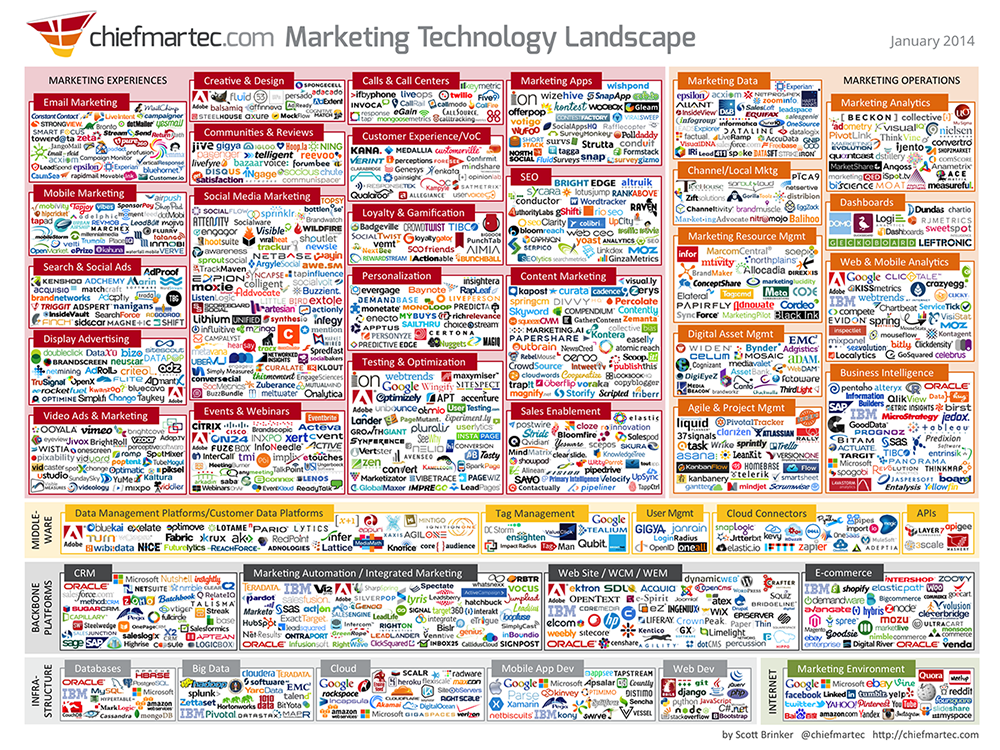Moving into the New Year 2014, I see no need to put an end to my use of Finnish proverbs. The one well fitted for this blog post is “ei työt tekemällä lopu”, which loosely translated means: “You don’t run out of work by working”. This one fits well now since we are – after having covered making a strategy and shortly discussing data – venturing into the setting up of a solid marketing analytics practice. And boy! Is there work to be done here.
A Healthy Dose of Questions
In our customer contacts we are often asked a lot of questions about what we advocate, ranging from if marketing analytics really is necessary, to what tools are good to use, to how many analysts are needed, what kinds of profiles they should have, how the marketing analytics practice should work in connection with the other analytical practices, etc. There are usually no easy answers to these questions, except the first one. I will now venture into discussing some of these questions and will need a couple of blog posts to do so.
Let us start with the first and most obvious question: Is marketing analytics necessary?
Show Me the Money!
What does a company really stand to gain by setting up a solid analytically founded marketing practice? Take a look at these case stories. I have picked some prime examples from that long list.
- HP has seen a 20% incremental ROI across campaigns.
- Endesa reduced churn by 50%.
- Verizon has 25% higher revenue lift on campaigns.
If you are not already applying some level of analytics into your marketing practice – be it direct mail, e-mail marketing, above the line, SMS, or anything else – rejoice in the fact you will be able to do better. If you have already started developing a solid function in this field, I would believe you have learned how much you could do many things even better. The more you do, the more you know you could be doing.
This discussion is equally relevant, regardless of whether you are working in a multinational enterprise with millions of customers and even more potential customers, or a small local company.
We have now established that marketing analytics is usually a good thing. If you still do not believe me, look at the almighty internet. There is a heap of people talking about this. So when you’re ready to start talking to someone about this, take a look at this picture and just take your pick:
 This picture first appeared here and illustrates the interest and money in this business. All of those companies are of course not masters of analytical marketing, but rather strive to facilitate the marketing practice with a range of technological solutions. My discussions are mainly moving in the “backbone platforms” area for now and in “Marketing Automation/Integrated Marketing” of that area. Check if you can find a company in there that has recently done quite well in e.g. the Gartner Quadrant for Integrated Marketing Management.
This picture first appeared here and illustrates the interest and money in this business. All of those companies are of course not masters of analytical marketing, but rather strive to facilitate the marketing practice with a range of technological solutions. My discussions are mainly moving in the “backbone platforms” area for now and in “Marketing Automation/Integrated Marketing” of that area. Check if you can find a company in there that has recently done quite well in e.g. the Gartner Quadrant for Integrated Marketing Management.
In my next posts, I will go more into marketing analytics tools, organizational setup, and competencies.
In the meantime, you can always check out the excellent new SAS Institute web pages to find some inspiration, or you can read more posts about Integrated Marketing Management on this blog.
